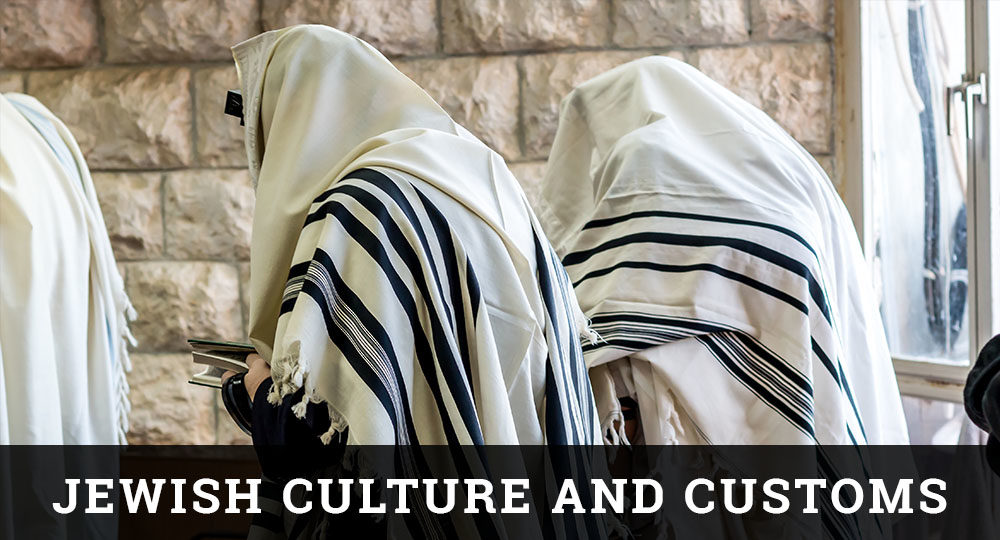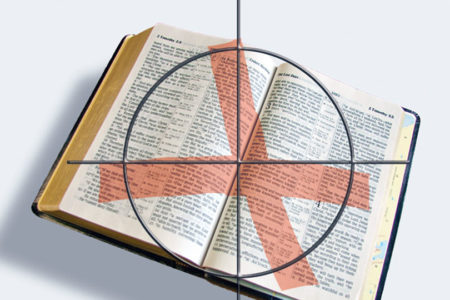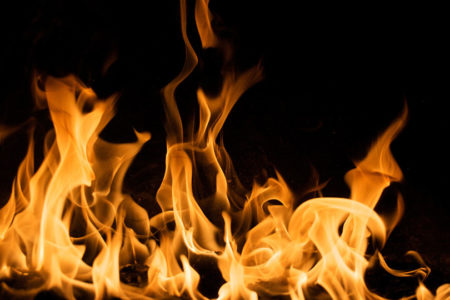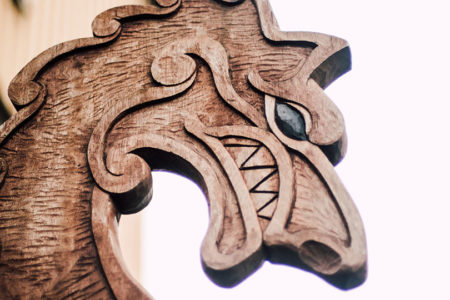Food For Thought
Food, with its various tastes, smells, textures, and visual appeal, is a powerful trigger in the process of remembering. Whether it is in the preparation, serving, or eating, certain foods seem to prompt many people to close their eyes, take a deep breath, and remember where and when they last indulged.
Since the days of the Bible, the Jewish people have used food to celebrate and remember certain holy days. Since each of these days points to a highlight in Jewish history, a properly prepared menu can ensure not only a tasty and satisfying meal but a marvelous lesson in Jewish theology.
Sabbath
It has been said, “More than Israel has kept the Sabbath, the Sabbath has kept Israel.” Foods served on this day remind the Jewish people of its importance for rest and worship.
Two loaves of yellow braided bread form the centerpiece of countless Sabbath tables. Known as challahs, these loaves bring to the Jewish mind the memory of the heavenly bread (manna) that God provided for His people as they wandered in the wilderness for 40 years. Two loaves are used to remember the double portion of manna given for the Sabbath (Ex. 16:22–26). Despite the trauma of their bondage in Egypt, God’s Chosen People fondly remembered the fish they ate there (Num. 11:5). Thus, it is not surprising that the eating of fish is customary in the Jewish community. Similar to a fish hamburger, gefilte fish is made of several different kinds of inexpensive fish. Carp, pike, or white fish are filleted, combined, and shaped into a patty, then boiled and cooled.
Although it is not eaten much today, cholent is a stew made of garlic, onion, beef, beans, eggs, and carrots. Because it cooks for a long time over a low heat, it can be prepared before the Sabbath begins, at which time work, such as lighting a fire, is not permitted.
Passover
The task of planning and preparing a tasty meal without leaven is not easy, yet the Passover feast is eagerly anticipated in most Jewish families. Almost every food item tells a story or serves as a reminder of God’s power in delivering His people. At the center of this celebration is matzoh, unleavened bread. Matzoh ball soup, matzoh pancakes, matzoh biscuits, and matzoh brei (fried) are but a few of the imaginative and tasty ways matzoh is used.
Haroset, a relish made with apples, nuts, and cinnamon, represents the mortar made by Jewish slaves in Egypt and is a delicious way to remember the sweetness of freedom. And while eating horseradish may raise the voice an octave, it also serves as a reminder of the bitterness of their bondage.
The absence of lamb is significant. It is purposely omitted from most Jewish Passover tables to lament the sober truth that the Temple is gone, destroyed in AD 70.
Shavuot
Pentecost (the Feast of Weeks) occurs seven weeks and one day after Passover. It is believed that Moses brought the Ten Commandments down from Mount Sinai on this day. Song of Solomon 4:11 states that “honey and milk are under thy tongue,” implying that as dairy foods are pleasant to the taste, so the words of God are pleasant to the soul. Cheese blintzes and strudel are wonderful reminders of this fact.
Purim
“O, once there was a wicked, wicked man and Haman was his name sir … ” This line from a children’s song suggests the origin of Purim’s best-known food, Hamantaschen. These fruit-filled pastries are shaped in triangles because legend says that the villain Haman wore a three-cornered hat. (The actual meaning of Hamantaschen is Haman’s pockets). Purim commemorates God’s deliverance of the Jews from the evil Haman’s plot.
Hanukkah
The miracle of the oil is the theme of this winter holiday. Anything cooked in oil can be used as a reminder. Doughnuts and latkes (potato pancakes) are two of the favorite dishes of Hanukkah. Dairy products are also popular because of the legend of Judith, the Maccabee daughter who fed the enemy general curds of cheese until he fell asleep and was thus defeated in his sleep. Sour cream and blintzes also are served for this holiday. Gelt (money) is often given at this time, and so edible, foil-covered coins are also eaten.
It should be pointed out that the most important memories of these celebrations are not necessarily linked to the specific food items. The food serves to symbolize and remind. The most important aspects of each holiday are the people who participate and, above all, the God who commanded us to remember that He must take center stage. As families and friends gather to celebrate, the fellowship around the table makes impressions that last a lifetime.








